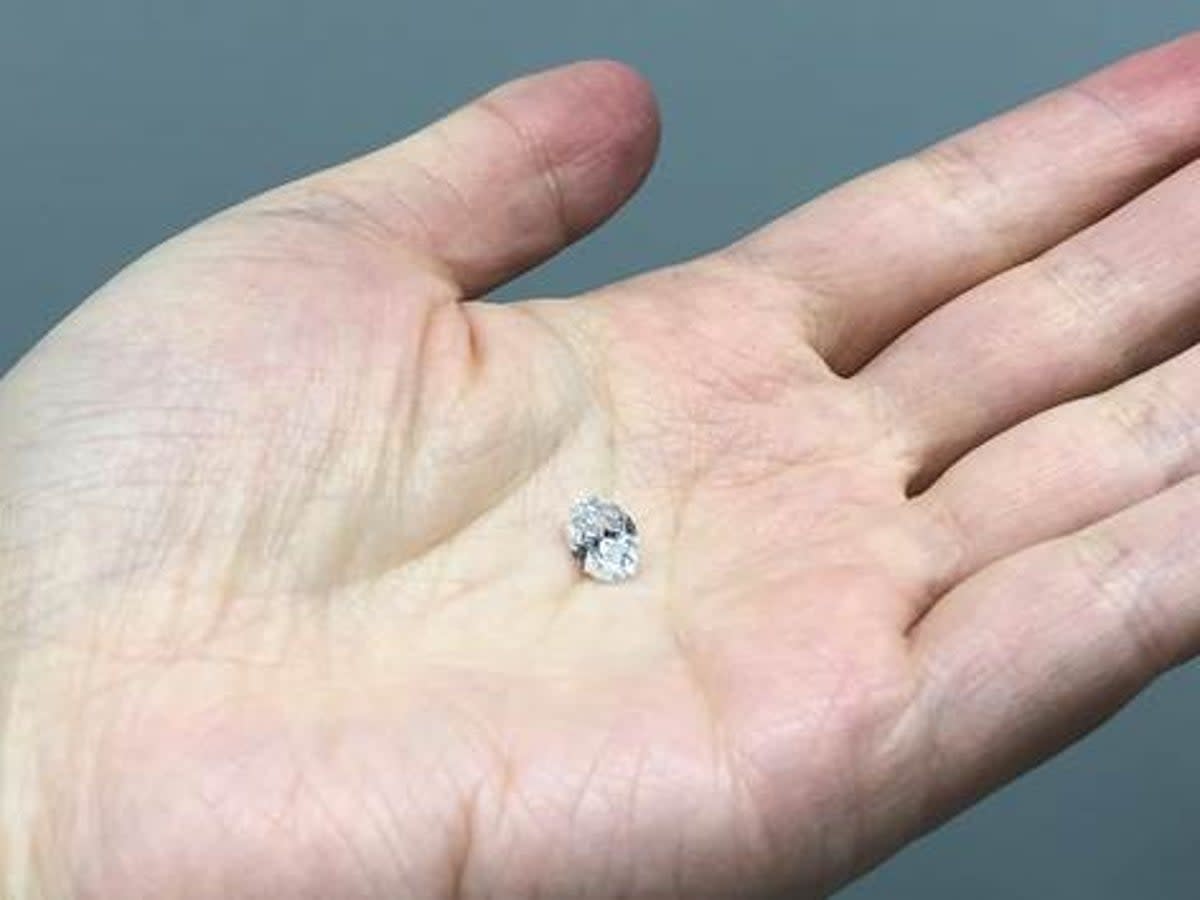Discovery of ultra rare diamond suggests Earth’s mantle has oceans’ worth of water hidden inside

Earth’s inner layers are home to a water-saturated environment, according to a new study that assessed minerals trapped inside a rare gem diamond originating from a depth of about 660km underground.
The study, published on Monday in the journal Nature Geoscience, sheds more light on the Earth’s deep water cycle.
Earth is known as a water planet as the oceans make up over 70 per cent of its surface, and while studies have suggested that the inner layers of the mantle could be home to vast quantities of water, evidence that it actually does has been scarce.
In a process known as the deep water cycle, hydrated minerals transport ocean water deep into the Earth before it is returned to the surface via volcanic activity, researchers, including those from Gemological Institute of America in the US, explained.
However, scientists say sampling and studying the Earth’s deep water cycle has been difficult.
This is because even the deepest boreholes on Earth reach just a little over 12km in depth below the Earth’s surface.
In the new study, scientists unravelled new secrets of the deep water cycle by studying a gem-quality diamond from the Karowe mine in Botswana.
They say the ultra-rare diamond had trapped and protected a sample of the Earth’s lower mantle on its journey from a depth of approximately 660km to the surface.
From their analysis, scientists found ringwoodite and other hydrous minerals and phases in a small defect known as an inclusion found in the diamond with a deep blue centre surrounded by a white haze.
In this inclusion, researchers say two of the minerals only tend to co-occur at depths of at least 660km, suggesting this is where the diamond formed.
This also happens to be the depth at which mantle layers start showing distinction and where seismic waves moving through Earth’s interior seem to mysteriously change speeds.
Taken together, these findings indicate that the rare stone formed in a hydrated region of the Earth’s mantle.
Did you know that your engagement ring could be the best host for slivers in Earth hundreds of miles away? Why it's not sage to say no when someone proposes a diamond with an inclusion like this👇Check our paper about a 1.5 ct diamond from mantle boundary! https://t.co/VTTLbxOnuM pic.twitter.com/jNLil48pTa
— Tingting Gu (@TingtingPhD) September 26, 2022
Based on the research, scientists conclude that the diamond confirms the presence of mineral-bound water potentially beyond depths of 660km underground.
They say the new evidence points to “broad hydration” of this region.
While this water is chemically bound to other minerals in the mantle, and isn’t fluid like an ocean, researchers say it could influence how the mantle melts.
In this way, they suspect the deep water could also affect how volcanoes erupt, and also impact the nature of Earth’s seismic activity and plate tectonics.
Researchers suspect that the water release in this mantle layer could also likely explain why seismic waves travel differently through this region.

